The Middle East is one of the hottest spots on the World map, where the globalists actively pursue war to establish their empire. The Middle East is one of the most important energy resources regions, playing a defining role in the global economy.
The extension of political influence and control over the most important economic resources in Middle Eastern countries is an integral part of the geopolitical expansion of globalists.
But strong political and military leaders (and even scientists and journalists) from Middle Eastern countries have always prevented them fulfilling that goal. Therefore, the elimination of these threats at any costs is a high-priority problem for globalists.
1 – GENERAL QASSEM SOLEIMANI
The confrontation between the Islamic Republic of Iran and the USA has been going on for more than 40 years since the Islamic Revolution (also known as the 1979 Revolution).
With this revolution, the US globalist elites and their allies failed in the struggle for power in Iran: they lost their political influence and control over Iran’s oil and gas resources.
Ever since, the Islamic Revolutionary Guards Corps (IRGC) has been the symbol of Iran’s struggle against despotism, economic colonization and the tyranny of the US political elite. Iranian General Qassem Soleimani, the head of ‘Quds Force’ – the elite unit of the IRGC specializing in unconventional warfare and military intelligence operations – became the most powerful Iranian figure in the fight against globalist structures and their crimes against Iran and its neighbors.
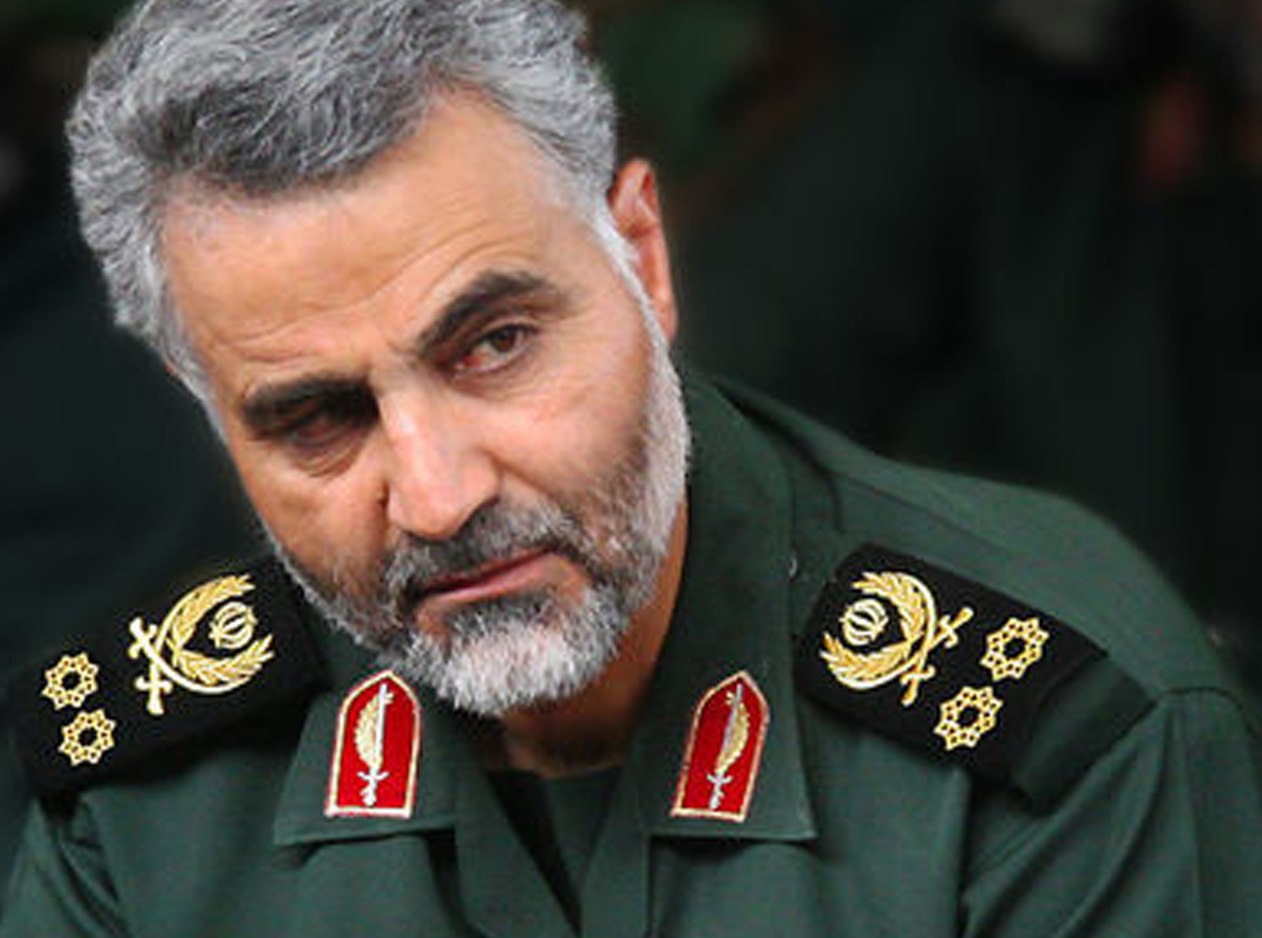
He played a major role in the defeat of terrorist groups not only in Iran, but also in Syria and Iraq. For most Iranians, General Soleimani was a national hero, also known as the ‘nightmare’ of the Islamic State of Iraq and Syria (ISIS), a terrorist group created by the same globalist structures as a “weapon” to bring down the “undesirable” political regimes in Syria, Iraq and Lebanon. General Soleimani provided military support to Hamas and Hezbollah militant organizations in Palestine and Lebanon against illegal Israeli aggression. Due to Soleimani’s excellent military strategy in Syria and Iraq, the most important and strategic cities in those countries were fully liberated from ISIS rebels and terrorists.
When the US’ sanctions policy against Iran did not bring significant results (a new revolution did not happen in Iran and protests did not lead to the overthrow of the acting government), the US and Israel took further steps to break the national spirit and symbol of Iran’s resistance by targeting the IRGC.
In 2017, the United States levied new sanctions against the IRGC, claiming it provides support to terrorist organizations. On April 15, 2019, the US authorities officially designated Iran’s Islamic Revolutionary Guard Corps (IRGC), including its Quds Force, as a Foreign Terrorist Organization (FTO) under Section 219 of the Immigration and Nationality Act. This statement was published on the website of the US Federal Register.
The US authorities’ decree allowed them to take ‘any actions’ beyond US borders to prevent the ‘US national security threat’.
Their main target was the legendary General Qassem Soleimani, who has repeatedly disrupted the US and Israel’s plans of overthrowing the local authorities in Iraq and Syria.
General Soleimani was killed in a US airstrike in Baghdad on the night of January 3, 2020. Donald Trump authorized the killing after the rocket attack on December 27, 2019 at the US Air base K-1 near the Kirkuk province in Iraq (where American defense contractors were located). The rocket attack killed an American soldier and injured four US service officers. Soleimani’s killing was planned by the top US officials like Secretary of State Mike Pompeo, national security adviser Robert O’Brien, acting White House chief of staff Mick Mulvaney and Vice President Michael Pence.
General Qassem Soleimani has killed or badly wounded thousands of Americans over an extended period of time, and was plotting to kill many more…but got caught! He was directly and indirectly responsible for the death of millions of people, including the recent large number….
— Donald J. Trump (@realDonaldTrump) January 3, 2020
On January 9, 2020, Donald Trump announced that the reason for Soleimani’s killing was the suspicion that Iranian general ‘had been planning to blow up one of the American embassies’, but any irrefutable evidence about Soleimani’s guilt was never provided.
2 – GENERAL ABU MAHDI AL-MUHANDIS
, an Iraqi politician and military commander and the closest ally of legendary Iranian general Qassem Soleimani, was also killed on the night of 3 January, 2020 in a US drone strike near the International airport of Baghdad. The real name of Iraqi general was Jamal Ja’far Muhammad Ali Al-Ibrahim. He was a key figure of the foundation and commanding the Popular Mobilization Forces (PMF), also known as the ‘Hashd al-Shaabi’ militia, which is composed of Shia Muslim groups, Sunni Muslims, Christians and Yazidis fighting ISIS.
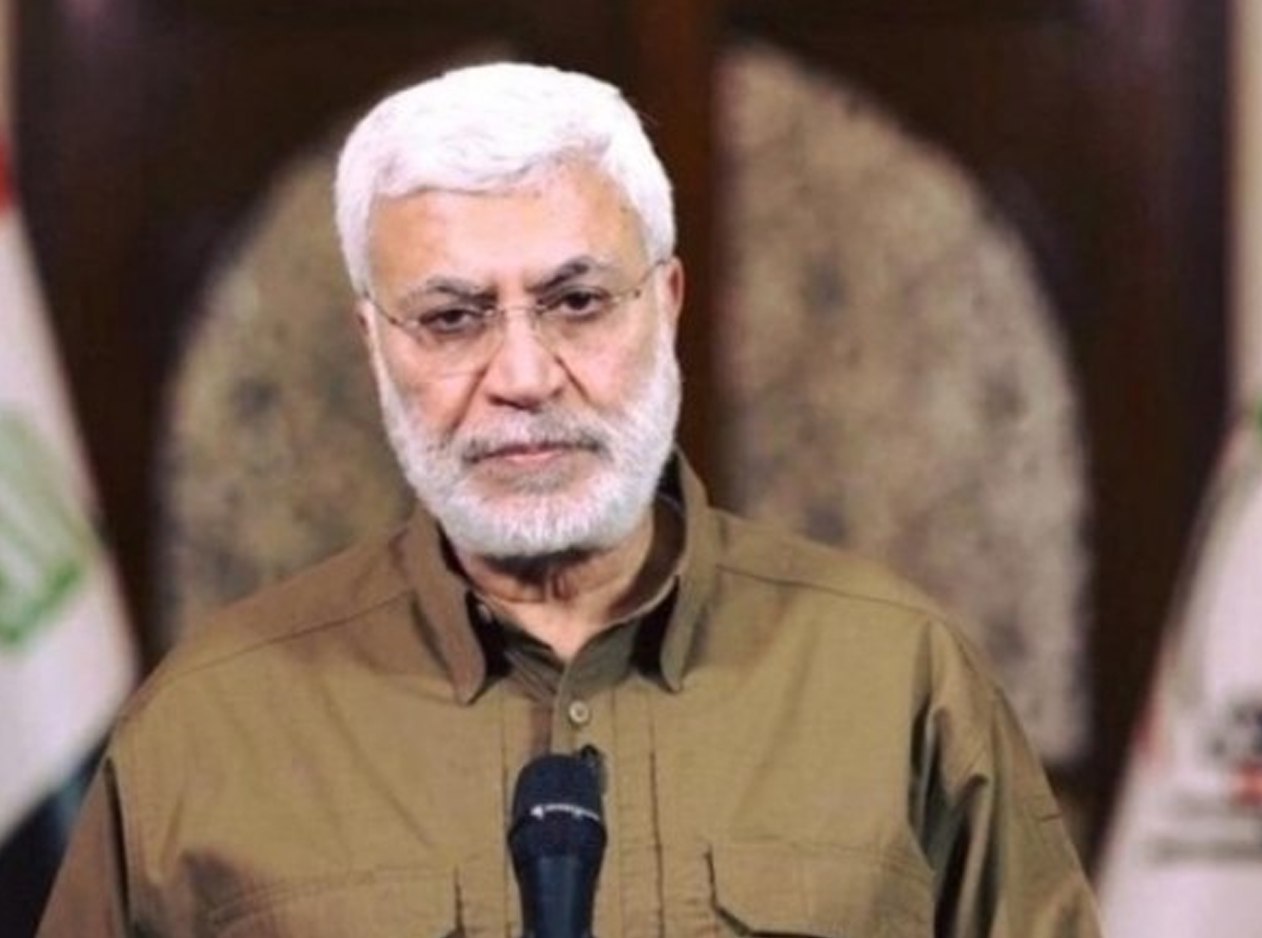
Hash al-Shaabi is supported by the central Iraqi government in Baghdad. Abu al-Muhandis was the deputy chief of Hashd al-Shaabi, but had once headed the elite division Kataib Hezbollah militia which had close ties with the IRGC.
Kataib Hezbollah (which in Arabic ‘Brigades of the Party of God’) fought against the US occupation of Iraq.
Subsequently, in 2009, Abu Mahdi al-Muhandis was sanctioned by the United States Department of the Treasury due to his alleged role helping the IRGC. The top Iraqi general was on the US list of international terrorists for his ‘involvement in the 1983 Kuwait movement’.
Secretary of State Mike Pompeo said Abu al-Muhandis’ assassination was a result of his direct responsibility for the organizing attacks on the US Embassy in Baghdad.
The attack today was orchestrated by terrorists – Abu Mahdi al Muhandis and Qays al-Khazali – and abetted by Iranian proxies – Hadi al Amari and Faleh al-Fayyad. All are pictured below outside our embassy. pic.twitter.com/2QfGGrfmDd
— Secretary Pompeo (@SecPompeo) December 31, 2019
3 – JAMAL AL-KHASHOGGI
Jamal Ahmad Hamza al-Khashoggi was a well-known Saudi dissident and journalist who served as editor-in-chief of ‘Al-Watan’, one of the most influential newspapers in the Kingdom of Saudi Arabia.
Khashoggi became famous as one the most courageous Saudi thinkers for his open criticism of the Al-Saud dynasty and his sharp opposition to Mohammed bin Salman’s politics, the most influential Crown Prince in Saudi Arabia, who held the post of Deputy Prime Minister and Minister of Defense of the country.
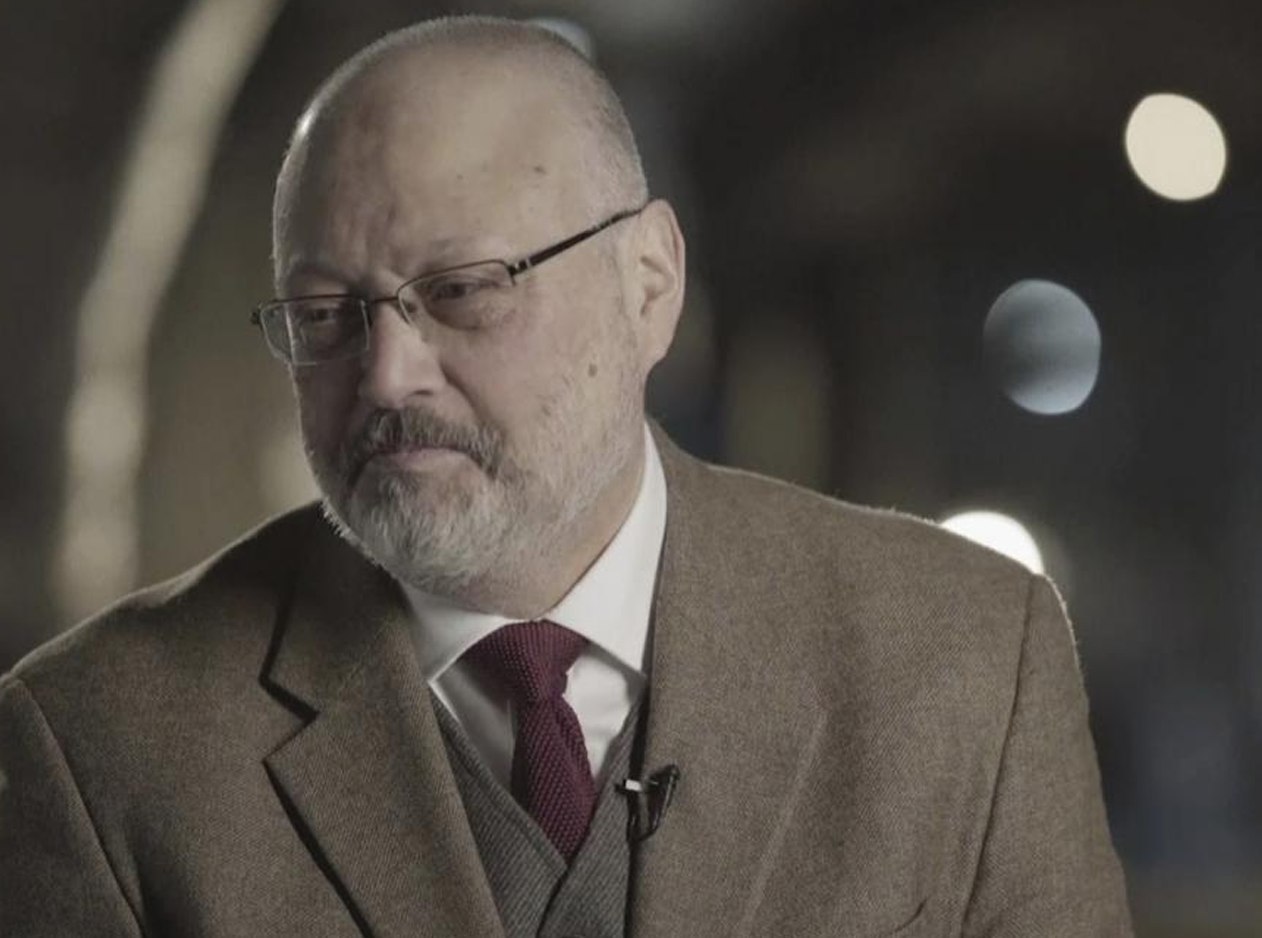
Jamal Khashoggi openly criticized the persecution of civil activists in the kingdom, as well as the military operations of Saudi Arabia against Yemen and the unjustified blockade of Qatar.
In December 2016, Saudi authorities prohibited Jamal Khashoggi from engaging in journalism for openly criticizing Donald Trump.
In September 2017, he left Saudi Arabia for the United States, where he started working as a columnist for the Washington Post.
On October 2, 2018, Jamal Khashoggi arrived with his fiancée, Turkish citizen Khadija Jengiz, to a Saudi Consulate in Istanbul to receive some documents related to his planned marriage. But after Khashoggi entered the Consulate, no one saw him alive again.
Later, Turkish police, after the inspecting of the Saudi Consulate, said there was reason to believe that the Khashoggi “had been brutally tortured, killed, and his body had been cut into some pieces” inside the General Consulate in Istanbul. Turkish officials also stated that they have irrefutable evidence confirming the Saudi journalist’s killing. According to their statement, 15 Saudi agents were involved in Khashoggi’s assassination.
A Turkish newspaper close to the government has published a list of 15 men it says formed a hit squad of Saudi government agents the Turks suspect of killing and dismembering Jamal Khashoggi https://t.co/pjIZOUdidO pic.twitter.com/bZShYfmIll
— The New York Times (@nytimes) October 11, 2018
According to an Al-Jazeera investigation, Khashoggi’s body stubs may have been burned in a specially constructed tandoori oven at the home of the Saudi Arabian consul-general in Istanbul.
Jamal Khashoggi’s body was likely burned in a large oven at the Saudi consulate general’s residence in Istanbul, reports say pic.twitter.com/t11yPFvfnp
— TRT World (@trtworld) March 5, 2019
Saudi Arabia later admitted that the killing of Khashoggi was not accidental and had been a contract murder.
Saud al-Qahtani, #MBS' right-hand man, was present when Jamal #Khashoggi was grabbed, via Skype, and gave the order to murder him ("Bring me the head of the dog") after JK refused to return to #Saudi Arabia, acc to Arab and Turkish intelligence sources. https://t.co/mFtHKLywEo pic.twitter.com/CHO9OqcOuf
— Kyle Orton (@KyleWOrton) October 22, 2018
At the same time, the CIA concluded Saudi Crown Prince Mohammad bin Salman ordered Khashoggi’s assassination. The CIA stated that according to reports intercepted by the United States, bin Salman gave direct orders to lure the journalist to the General Consulate in Istanbul, intending to return him to Saudi Arabia and to kill the journalist on the KSA territory.
It Is Official: The CIA has concluded with high confidence that Saudi Crown Prince Mohammed bin Salman (MBS) ordered the assassination of #JamalKhashoggi contradicting the Saudi government’s claims that he was not involved in the killing. https://t.co/DMZTCdcxsG
— Ali H. Soufan (@Ali_H_Soufan) November 16, 2018
Perpetrators of the brutal murder of the Saudi journalist have still not been punished.
4 – GHAZANFAR ROKNABADI
Iranian top diplomat Ghazanfar Roknabadi became the target of globalist structures who saw him as a threat to their political plans for in Lebanon. As the Iranian ambassador to Lebanon (2010-2014), he played a key role in establishing and holding secret meetings of the IRGC and representatives of Lebanese Hezbollah militia with prominent politicians in the Middle East, organizing the arms delivery to the Palestinian Hamas movement for fighting the Israeli aggression. Ghazanfar Roknabadi was a major figure in transmitting secret data of Arab military intelligence services about the secret plans of Israel against Iran. He was targeted for assassination more than once in Lebanon.
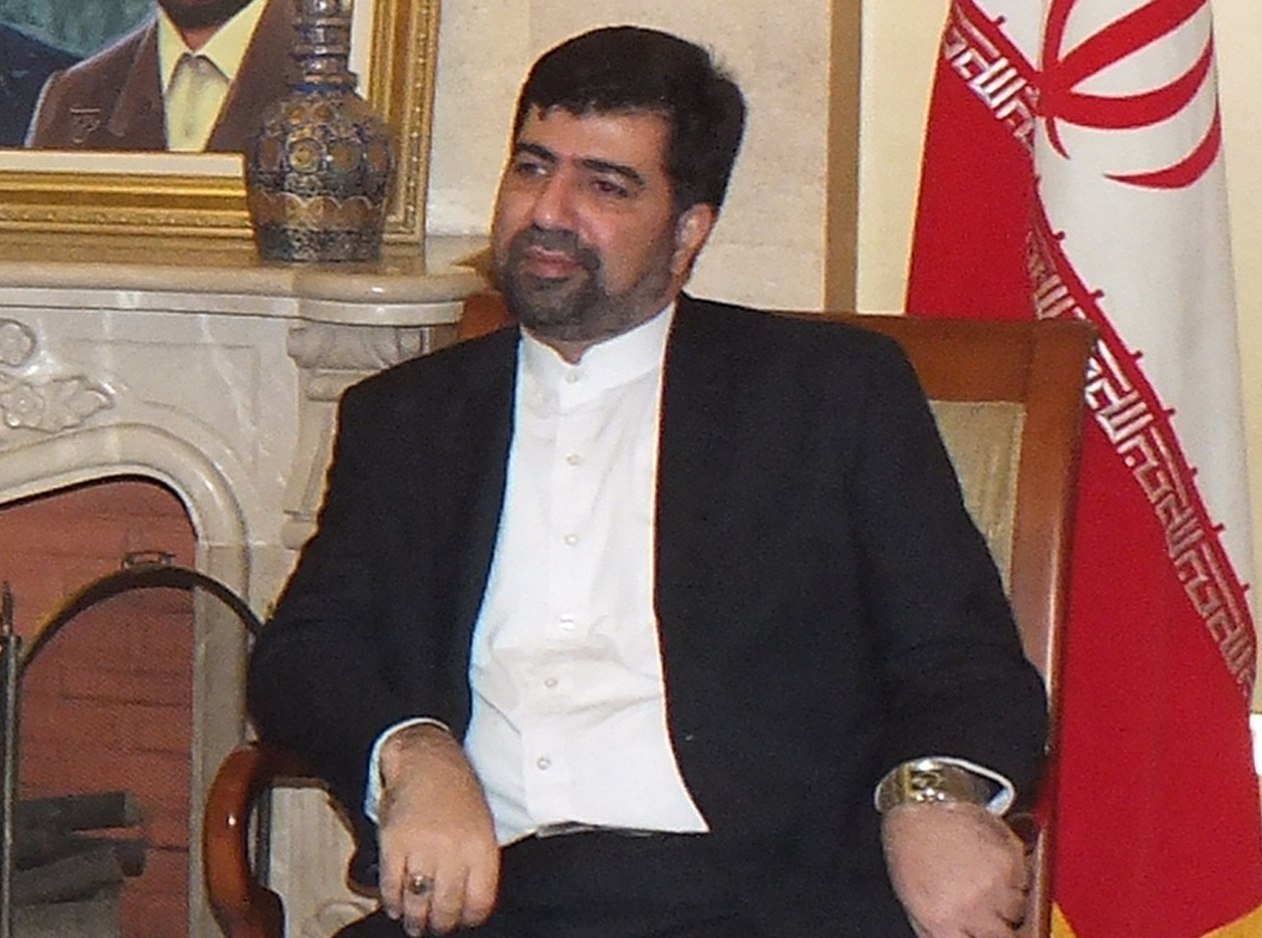
Roknabadi was the custodian of the top-secret data of the “Axis of Resistance” (Mihvar al-Muqawamah) a political alliance of Iran with Arab movements united against Israel and the United States as the main threats to the Middle East. Islamic resistance includes Iran, Syria, Palestinian movements like Hamas, Islamic Jihad and the Lebanese militant group Hezbollah and the Shiite movement Amal.
In 2015, Ghazanfar Roknabadi went on a pilgrimage to Saudi Arabia. During the Hajj rituals on September 24, 2015, a stampede of pilgrims took place in the Mina Valley near Mecca as a result of the shortcomings of the local security authorities to keep the situation under control.
According to various sources, between 769 and 4,100 people died in the stampede. A lot of those killed were from Iran. However, the Iranian ambassador’s body was never identified from among the corpses.
According to the original version, the Iranian diplomat Roknabadi was injured during the stampede in Mina and hospitalized for treatment in a Saudi hospital.
Nevertheless, the brother of an Iranian top diplomat said that he hadn’t any connection with Ghazanfar Roknabadi since the stampede took place in the Mina Valley.
https://twitter.com/Hispantv/status/660338830256578560?s=20
He added that Ghazanfar Roknabadi may have been kidnapped in Saudi Arabia and withdrawn by intelligence services of the enemy states because of the strategically important data he had.
A little later, the Iranian authorities said that on the basis of witnesses interviewed after the stampede, it was likely that Ghazanfar Roknabadi was still alive.
#Iran's Dep. FM Amir Abdollahian told @AlMayadeenNews Iran has evidence showing its ex-#Lebanon envoy #Roknabadi is still alive.
— Tasnim News Agency (@Tasnimnews_EN) November 11, 2015
However, only 2 months later, Iran did some DNA tests on the unidentified bodies that Iran had received from Saudi Arabia, and the body of Ghazanfar Roknabadi was identified. However, some organs, such as the brain and heart, had been removed. Iran suggested that the diplomat was secretly kidnapped during an incident in the Mina Valley and may have been tortured, his body later being put back together with the other bodies of other dead Iranian pilgrims.
What is the free world of information and media?#Saudi has killed an Iranian ambassador, Shahid #Roknabadi, at the Hajj & removing her brain & heart, But will not be reproached.
But when #Khashoggi is killed by #Saudi_Arabia, it becomes the most important news of the world.— حسامالدین ابوالحسنی???????? (@abouznab) October 14, 2018
ASSASSINATION OF IRANIAN NUCLEAR SCIENTISTS
In addition to military and political figures, scientists working on the Iranian nuclear program became a target for the globalists of the US and Israeli political elite. At least six Iranian nuclear scientists who were actively involved in the development of Iranian nuclear program were assassinated by Israeli and US intelligence services.
5 – ARDESHIR HOSSEINPUR
Ardeshir Hosseinpur was the first victim of the insidious plan of globalist structures against the Iranian nuclear program. He was a leading Iranian nuclear scientist, physics professor and electromagnetism expert. On January 15, 2007, professor Hosseinpour mysteriously died during his nuclear work at Uranium conversion facility in Isfahan.
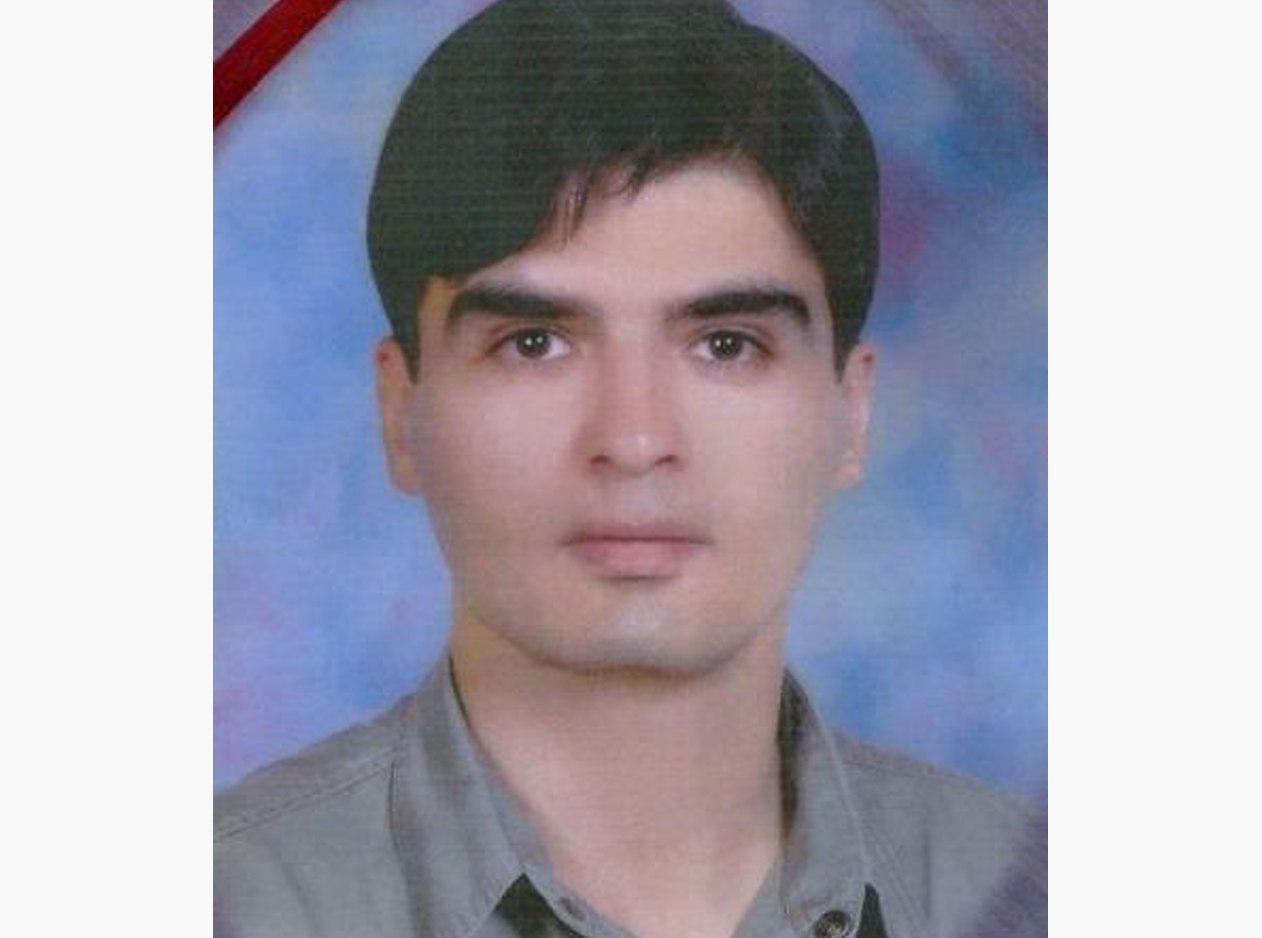
On February 2, 2007, the US private intelligence agency Stratfor published a report stating that “sources very close to Israeli intelligence” had said that Hosseinpour was “a long time Mossad target”, and that Hosseinpour had died from “radioactive poisoning” as part of a secret Mossad operation to halt the Iranian nuclear program.
The authorities of the Islamic Republic buried Hosseinpur in conditions of high secrecy and did not openly admit the fact of assassination of their scientist by the Israeli and US intelligence services. However, the subsequent series of assassinations of other Iranian nuclear scientists forced authorities to change their position in this regard.
6 – MASOUD ALIMOHAMMADI
Masoud Alimohammadi, an Iranian quantum field theorist, elementary-particle physicist and a distinguished professor of elementary particle physics at the University of Tehran’s Department of Physics was the second victim. He was assassinated in a bombing in front of his house on January 12, 2010.
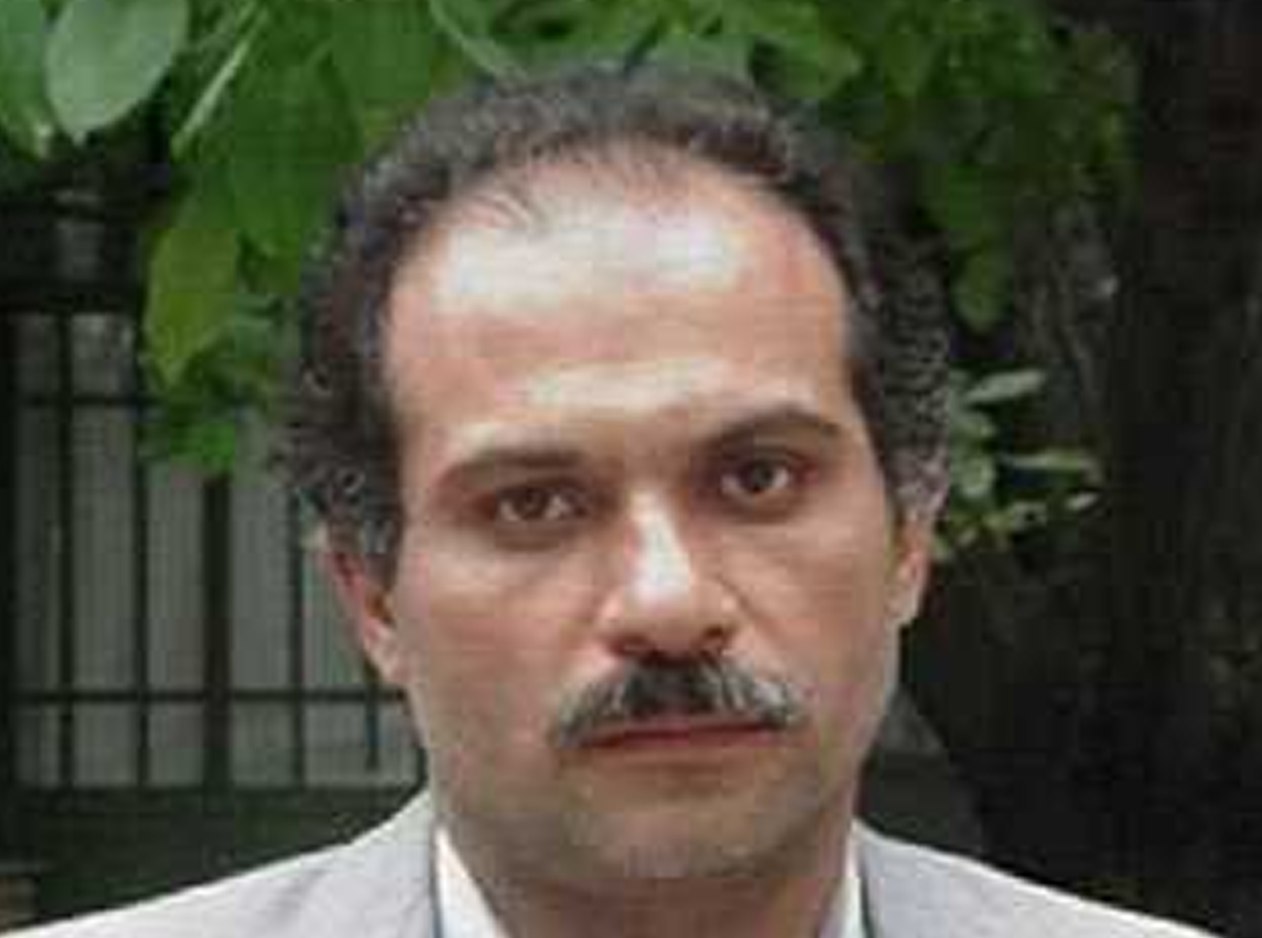
At 7:58 am “a remote-controlled bomb attached to a motorcycle” parked near the car of Masoud Alimohammadi exploded as he left his home in the Gheytarieh neighbourhood of northern Tehran.
Massoud Alimohammadi taught neutron nuclear physics at the University of Tehran, was a member of the Synchrotron-Light for Experimental Science and Applications in the Middle East (SESAME). Massoud Alimohammadi played a major role in the development of Iran’s nuclear program.
Iran’s Atomic Energy Agency, in an official statement, rejected media reports that Alimohammadi was associated with Iran’s nuclear program. However, in an interview published in Christian Science Monitor in July 2014, Mansoureh Karami, the widow of professor Alimohammadi, spoke about his “top secret nuclear work”.
As the investigation later showed, the Israeli intelligence service Mossad was behind the murder. The Iranians were able to find the perpetrator of the attack, the 24-year-old Iranian Majid Jamali Fashi. According to the Majid Fashi, he was recruited by Israeli intelligence service Mossad, trained in Israel and eventually received a reward of $120,000 for the successful murder of the nuclear physicist.
Majid Jamali Fashi was convicted of his killing and executed on May 15, 2012.
Iran hangs 'Mossad agent' Majid Jamali Fashi for nuclear scientist killing – @Reuters http://t.co/VVYjmCCJ
— Breaking News (@BreakingNews) May 15, 2012
7 – DARIUSH REZAEINEJAD
On July 23, 2011, physicist Dariush Rezaeinejad was assassinated. He was also linked to the country’s nuclear program.
Unknown motorcycle-riding gunmen shot the 35-year-old Rezaeinejad five times while he was leaving his home in Tehran. During this attack, his wife was injured too. She was taken to one of the hospitals and remains alive.
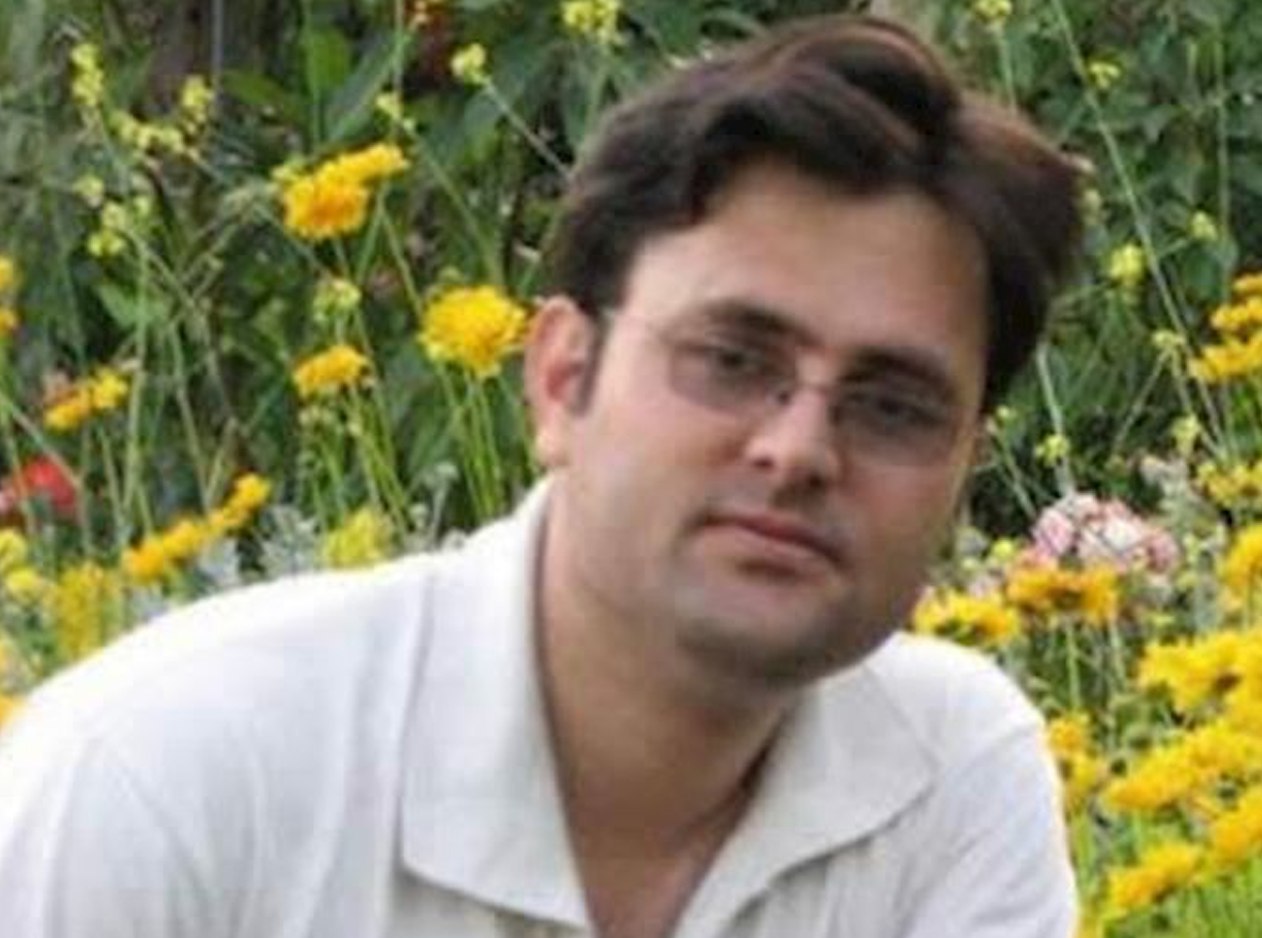
Dariush Rezaeinejad had close ties with Iran’s Atomic Energy Agency and also taught atomic engineering at university in Tehran.
Later, Israeli intelligence officers, in an interview with Der Spiegel, announced that the killing of Iranian scientist Dariush Rezaeinejad was “the first public special operation by new Mossad chief Tamir Pardo”.
After that, at least two other well-known Iranian physicists, Majid Shahriari and Mostafa Ahmad Roshan, were also assassinated.
In January 2011, the Iranian authorities announced the uncovering of Mossad’s agents, blaming the identified spies for the assassination of Iranian nuclear scientists. In addition, officials announced that these identified Mossad’s agents had had collaborators in the United States and Great Britain.
It is worth noting that the globalist-oriented politicians of the United States and Israel have always openly stated that they would do everything possible to prevent Iran from developing its nuclear program.
During the 2012 debate Republican Party presidential debate, candidate Rick Santorum said that if he is elected, he will allow any and all secret operations by US intelligence services targeting the Iranian nuclear program.
Israeli defense minister Moshe Ya’alon said: “We will act in any way we see fit and are not willing to tolerate a nuclear-armed Iran. We prefer that this be done by means of sanctions, but in the end, Israel should be able to defend itself.”
In addition, the Iranian left radical opposition group “the People’s Mujahedin of Iran”, also known as the Mujahideen-e Khalq (MEK), played a key role in the killings of Iranian nuclear scientists. Two senior US officials confirmed that MEK “received funding and weapons from Israel” to carry out the assassination of the Iranian nuclear scientists.
8 – COLONEL MUAMMAR GADDAFI
Muammar Muhammad Abu Minyar Gaddafi was a Libyan leader, politician and reformer who, through a military coup, managed not only to overthrow the monarchy, but also made a significant contribution to the economic development of Libya. Gaddafi called himself the Brotherly Leader and the Guide of the Revolution of Libya.
One of Gaddafi’s goals was “to free the country from foreign intervention.” He wanted to drive all military foreign bases across Libya’s borders and completely nationalize the country’s energy resources.
Gaddafi even managed to do this. The leader of the Libyan Jamahiriya was a supporter of pan-Arabism and wanted to unify the oil-rich Libya with other Arab countries.
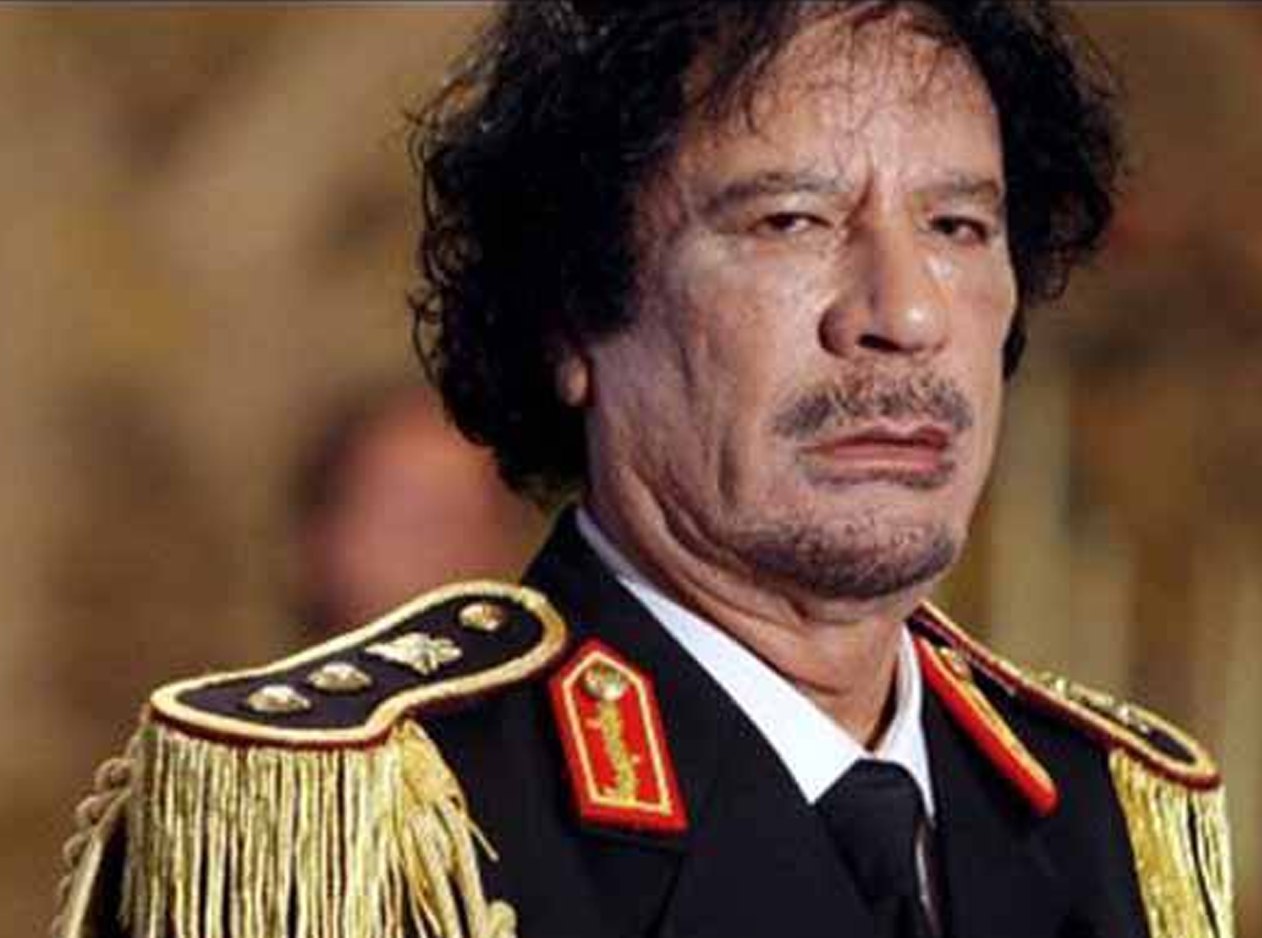
Gaddafi’s anti-Western policy, his calls for Muslims to fight the United States and Great Britain, his active support of Syria and Iran against Israel to liberate Palestine, assistance to various African leaders- all these factors led to the first significant Western actions against Gaddafi.
On December 22, 1979, the United States placed Libya on its list of ‘State Sponsors of Terrorism’, and, already in the early 1980s, the United States accused the Libyan leader of interfering in the internal affairs of at least 45 countries.
In 1986, an explosion occurred in the La Belle discotheque (a club popular among the US military) in West Berlin. The US officials detected a Libyan trail in this bombing attack. President Ronald Reagan called Gaddafi “the Mad Dog of the Middle East”, accusing him of complicity in international terrorism and ordered the bombing of Tripoli and Benghazi. Air strikes by the United States against Libya with the code-name Operation El Dorado Canyon started on Tuesday 15 April 1986.
‘Libya was a rich African country, now it’s an extremist battleground’ – ex-#Gaddafi spokesman to @Underground_RT
WATCH full episode: https://t.co/FrZw2WdEvd pic.twitter.com/XtZbarGB8c
— RT (@RT_com) October 6, 2019
In 2011, a wave of protests and revolutions, called the “Arab Spring” broke out, primarily due to efforts by globalist elites dissatisfied with a number of politicians in some Arab countries. Libya was no exception. “The Mad Dog of the Middle East” had to be destroyed, and without trial– so Colonel Gaddafi was sentenced to death. A civil war kicked off in Libya on the initiative of Great Britain and France. NATO forces supported and assisted the rebels fighting against Gaddafi. Eventually, the Libyan leader was overthrown and brutally murdered.
9 – IMAD FAYEZ MUGHNIEH
Imad Fayez Mughnieh (also known as Hajj Ridwan) began his military career in the service of Yasser Arafat. At the age of 13 he joined the Palestine Liberation Organization (PLO). In the midst of the Lebanese-Israeli conflict (also known as the South Lebanon war) Mughnieh became one of the founders of the Hezbollah militant organization which fought the Israeli aggressor and its allies (such as the United States) in Lebanon. Imad Mughnieh served as special operations chief for Hezbollah. It is believed that the majority of secret operations against the Israelis, their spies and American occupiers in Lebanon were carried out exclusively under the command of Imad Mughnieh.
For the United States, Mughnieh became the most dangerous enemy in Lebanon since 1983, when sabotage operations were carried out against the American and French service members of the Multinational Force in Lebanon (MNF), a military peacekeeping operation during the Lebanese Civil War. A bombing attack at barracks at Beirut International Airport killed 307 people: 241 US and 58 French military personnel, six civilians and two attackers.
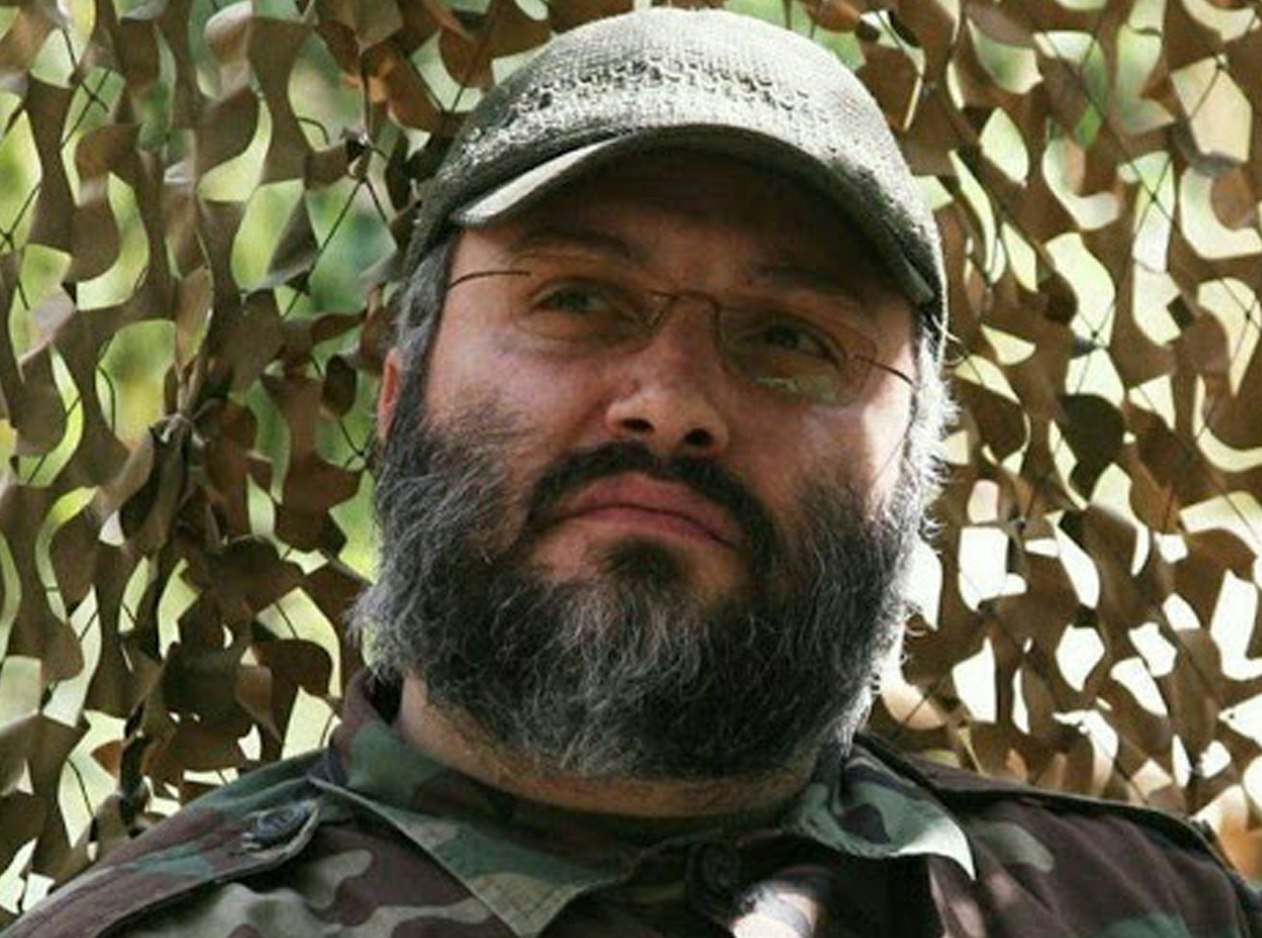
The CIA and Mossad said that Imad Mughnieh was behind this attack.
According to former CIA agent Robert Baer, “Mughnieh was probably the most intelligent, most capable operative we’ve ever run across, including the KGB or anybody else.”
Imad Mughnieh was a truly elusive operative. He played a significant role in the liberation of Lebanon from the Israeli and the US forces and turned into a symbol of Lebanese resistance against foreign military occupation.
It is noteworthy that he was alleged to have committed crimes such as carrying out terrorist attacks against American and Israeli citizens around the world. However, the biggest accusation (despite a lack of irrefutable evidence) was Imad Mughnieh’s alleged cooperation with Osama bin Laden in committing the terrorist attack of September 11, 2001 against the United States.
For the United States, Imad Mughnieh became listed as one of the 25 most dangerous people in the world, he was also included in the FBI Most Wanted Terrorist list. The US made several serious attempts to kidnap him. They called him ‘the Elusive Hyena’ for his amazing military ability to carry out operations and remain in the shadows without being caught.
Imad Mughnieh was finally killed in a car explosion at the Kafr Sousa district of Damascus on February 12, 2008 at 22:30 hours when he was leaving a party marking the 29th Anniversary of the Iranian Revolution hosted by the Iranian ambassador to Syria.
The explosion happened when the Lebanese commander got near his Mitsubishi Pajero. The spare tire had been replaced by one with an explosive device inside which detonated as Mughniyeh walked past.
According to results of the Syrian government’s investigation, it was found that a detonator in the car had been remotely activated.
Fascinating piece on eliminating Imad Moughnieh http://t.co/yJjIHeh387
— Nadim Koteich (@NadimKoteich) January 31, 2015
No one has claimed responsibility for the murder of Imad Mughnieh. There were a variety of ideas discussed about who the perpetrators had been. However, Newsweek reported that in 2007, Mossad’s chief Meir Dagan tipped the CIA off about the location of Mughniyeh in Kafr Sousa, Damascus. Two Mossad agents had the roles of monitoring his movements and confirming Mughniyeh’s identity using advanced facial recognition technology, with a CIA officer later detonating the bomb.
11 years ago today, a Mossad and CIA joint operation, Hezbollah’s Imad Moghnieh was assassinated by a car bomb in Damascus, #Syria. pic.twitter.com/vk3wAtjTmK
— Joe Truzman (@JoeTruzman) February 12, 2019
Iran has recently claimed that CIA agent Michael D’Andrea, known as Ayatollah Mike or “the Dark Prince”, had been the killer of the legendary General Qassem Soleimani and Imad Mughnieh. According to the Iranians, D’Andrea was killed in a crash of an American military aircraft in the Ghazni province of Afghanistan.
10 – SADDAM HUSSEIN
Saddam Hussein Abd al-Majid al-Tikriti was the fifth President of Iraq (1979 – 2003).
On taking power, Saddam Hussein began to pursue an independent from the West. He signed the Soviet-Iraqi Treaty of Friendship and Cooperation, which provided comprehensive Soviet military support for Iraq. Saddam Hussein re-equipped the Iraqi army as much as possible as a result of assistance from the USSR and turned it into one of the most powerful armies in the Middle East. He also managed to nationalize his country’s oil. Because of his efforts, Iraq became one of the fastest growing Middle Eastern countries with the highest standard of living.
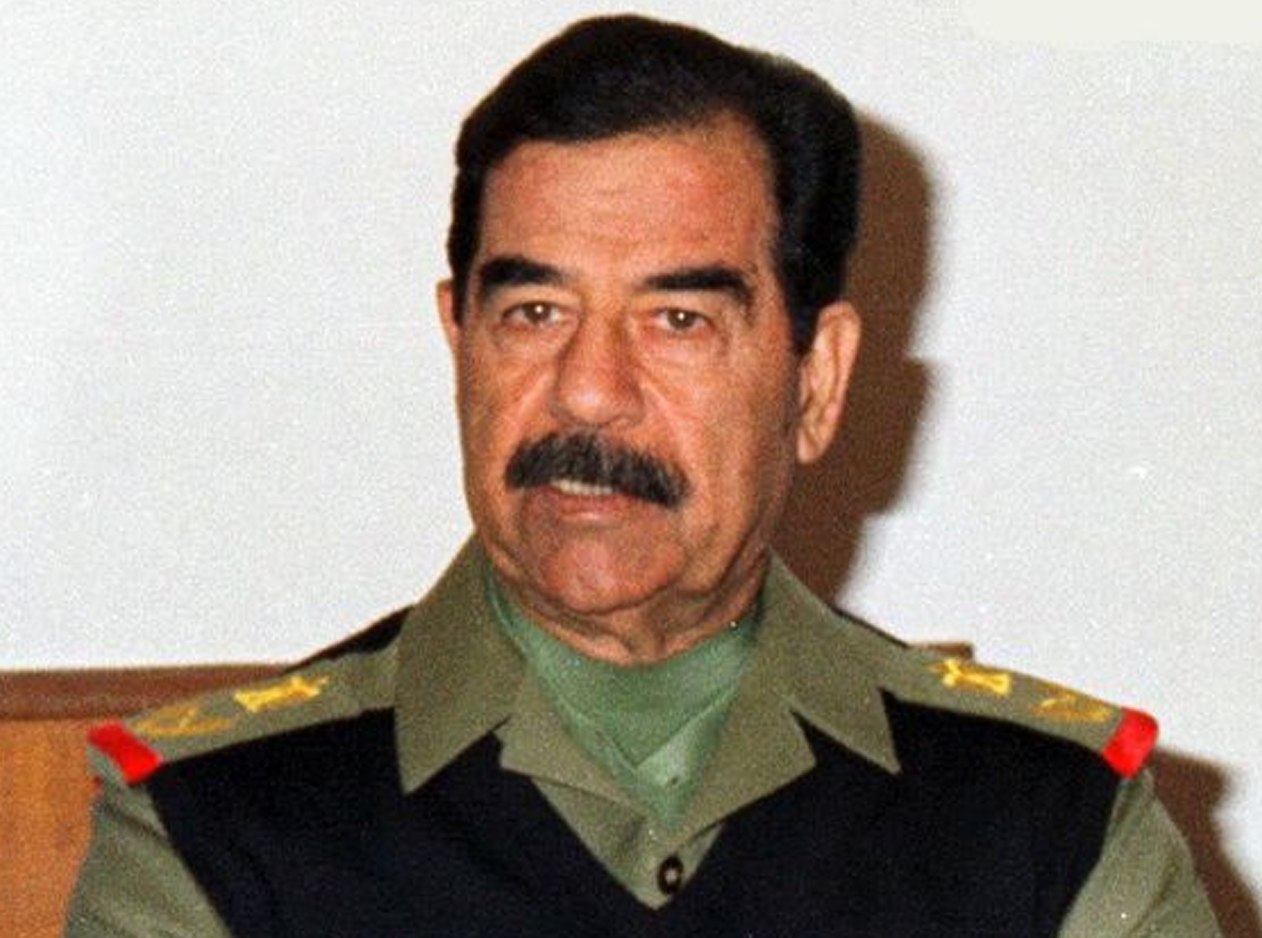
However, Saddam Hussein had to face 2 military campaigns. The eight-year war (1980-1988) when Shiite Iran significantly weakened the Iraqi army and caused significant damage to the country’s economy. At the same time, the USA and a number of Western countries were afraid of an outgoing threat from Iran, and therefore began to support Saddam Hussein in his war with Iran.
In the course of this war, the Kurdish population of Iraq opposed Saddam and received support from Iran. The Iranian army, with the support of Iraqi Kurds, launched military operations in northern Iraq. Saddam had to send large troops to the north of Iraq. He carried out a military special operation to clean up the northern regions of Iraq from the Peshmerga (Kurdish insurgent units). This operation was called the ‘Al-Anfal Campaign’. Human Rights Watch estimates that between 50,000 and 100,000 people were killed. Some Kurdish sources put the number higher, estimating that 182,000 Kurds were killed. A number of Kurdish villages and the city of Halabja were also bombarded with chemical bombs killing an estimated 5,000. In total, 272 settlements were affected by chemical weapons.
Tomorrow morning on March 16, all @Kurdish people joining the commemorations for the 31st anniversary of @Halabja massacre. The Halabja gas attack was the deadliest offensive within the al-Anfal campaign of @Saddam_Hussein's Iraqi government that targeted the @Kurdish population. pic.twitter.com/1Ln2Q4BU99
— Hogir Muhammad (@hogirpetal) March 15, 2019
The UN adopted a resolution condemning Iraq’s use of chemical weapons. However, the governments of the United States and other Western countries continued to support Baghdad, both politically and militarily, until the end of the Iran-Iraq war.
#RonaldReagan After the whole world condemned Saddam Hussein for using chemical weapons to kill over 5K Kurdish civilians in Iraq, the Reagan admin continued to provide weapons&tactical information to Iraq. pic.twitter.com/2iYnLlMaQr
— Jennifer Bell #LetsMeetInTheMiddle (@jennie0501) February 6, 2020
Nevertheless, in July 1990, Saddam accused Kuwait of conducting an economic war against him and illegal oil production on the Iraqi side of the Rumeila border oil field. Saddam sent his troops to Kuwait and managed to annex the neighboring country. He was eventually forced to pay for these actions.
Iraq was hit with military and economic sanctions, and under the UN mandate, an international coalition was created. The United States played a leading role in this coalition and was supported by all NATO countries and moderate Arab governments. Having concentrated a powerful military group in the Indian Ocean and the Persian Gulf, the United States and its allies launched Operation Desert Fox (bombing campaign on Iraqi targets), defeating Iraqi forces and liberating Kuwait.
In Dec ‘98, more than 600 air munitions on Iraq during a 4-day air strike called Operation Desert Fox.
From the end of Desert Fox until the ‘03 invasion, the US & UK bombed Iraq at least once a week — all under the guise of enforcing the no-fly zone.https://t.co/Qbc4L4n7kK
— About Face: Veterans Against the War (@VetsAboutFace) December 27, 2019
Saddam had faced assassination attempts at least 10 times during his life. US globalists, who did not like Saddam’s independent policies, actively supported opposition military groups in Iraq. In 1996, with the support of the CIA, the Iraqi National Accord (an opposition party known in Iraq as Wifaq) tried to execute a coup. The US sent $120 million on the operation, but the plot was uncovered.
All 120 conspirators, including members of the Iraqi National Accord and 80 officers, were arrested and executed. Saddam and his special services managed to outplay the world’s most powerful intelligence agency. However, the globalists from Langley would never forgive him for their failure. The Globalists believed that the richest oil reserves should not belong to a leader like Saddam.
In 1998, US president Bill Clinton signed the Iraq Liberation Act. According to this document, the United States was to contribute to the overthrow of Hussein and support of the democratization in Iraq. The Act was cited in October 2002 as an argument for the authorization of military force against the Iraqi government.
In November 2000, George W. Bush became president of the United States. He made it clear that he would follow very strict policies against Iraq, and promised to ‘breathe new life’ into the sanctions regime. He continued supporting Iraqi opposition groups, and in particular the exiled Iraqi National Congress, hoping in this way to undermine Saddam Hussein’s power.
In mid-2002 the administration of George W. Bush decided to invade Iraq and military training began. The pretext for the invasion was the accusation Saddam was continuing to work on the creation of weapons of mass destruction and involvement in the organization and financing of international terrorism. George W. Bush, in his January 2002 state of the union address to Congress, spoke of an “axis of evil” consisting of Iran, North Korea and Iraq. Moreover, Bush announced that he would possibly take action to topple the Iraqi government because of the threat of its weapons of mass destruction. Bush stated that “the Iraqi regime has plotted to develop anthrax, nerve gas and nuclear weapons for over a decade … Iraq continues to flaunt its hostility toward America and to support terror. The UN refused to support military intervention in Iraq, and the leadership of the United States and Great Britain decided to act at its discretion, despite the opposition from Germany, France and Russia.
On March 18, 2003, Bush issued an ultimatum to Saddam Hussein and invited the Iraqi leader freely to give up power and leave the country with his sons within 48 hours. The American president declared the inevitability of a military operation against Iraq in case of failure to comply with the ultimatum’s requirements. In turn, Saddam Hussein refused to accept an ultimatum and leave the country.
The UN special commission of inspectors working at that time in Iraq made a patently false statement that weapons of mass destruction might still remain in the country.
On this basis, the United States and a coalition military group invaded Iraq on March 20, 2003 to overthrow Saddam Hussein’s government. Before the invasion, Bush stated that Iraq was trying to buy uranium from African countries. However, it was subsequently proven that this information had been falsified.
The US invasion of Iraq was not authorized by the UN Security Council, which made it illegal according to terms of international law. Saddam Hussein was caught and arrested on December 13, 2003. A tribunal began over him. He was charged under at least 14 articles. Finally, Saddam Hussein was executed by hanging on December 30, 2006. However, Saddam’s guilt in the development of a weapon of mass destruction – the most important crime he was accused of and the basis of the United States invasion of Iraq – was never proven.







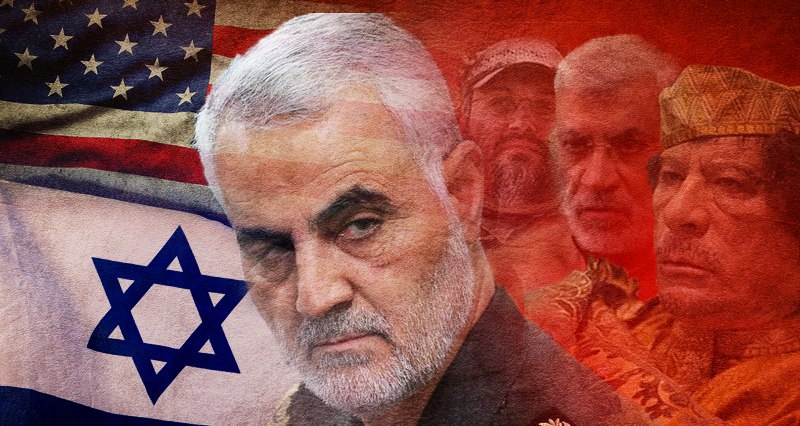

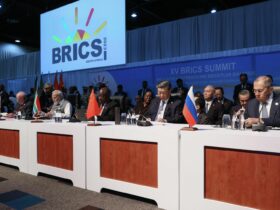
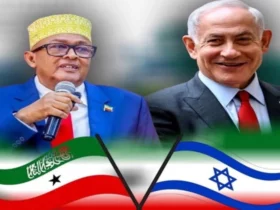
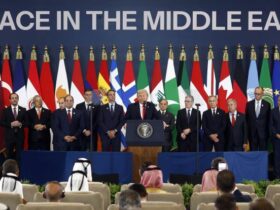

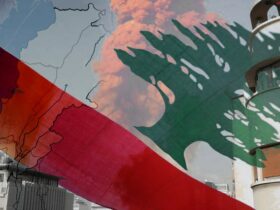
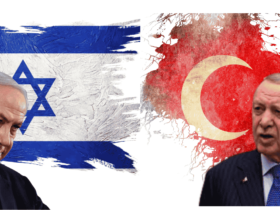
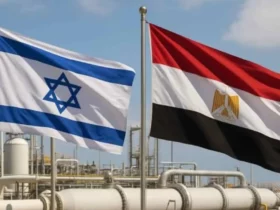

Leave a Reply